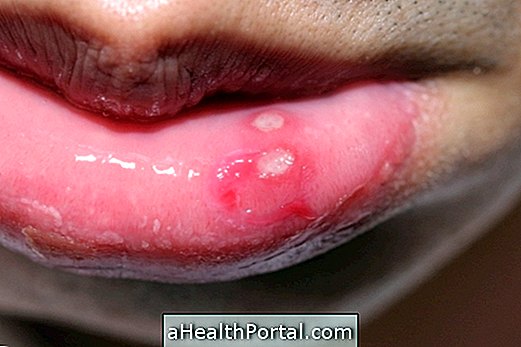Horner's syndrome, also known as oculopathic palsy, is a rare disease caused by an interruption of nerve transmission from the brain to the face and eye on one side of the body, resulting in decreased pupil size, drooping eyelid, and decreased sweat on the side of the affected face.
This syndrome can result from a medical problem, such as stroke, a tumor or injury to the spinal cord, for example, or even from an unknown cause. The resolution of Horner's syndrome is the treatment of the cause that gives rise to it.

What are the symptoms
The signs and symptoms that may occur in people suffering from Horner's syndrome are:
- Myositis, which consists of a decrease in pupil size;
- Anisocoria, which consists of a pupil size difference between the two eyes;
- Delayed dilation of the pupil of the affected eye;
- Eyelid drooping in the affected eye;
- Elevation of lower eyelid;
- Decrease or absence of sweat production on the affected side.
When this disease develops in children, symptoms such as changes in the iris color of the affected eye, which may become clearer, especially in children under one year of age, or lack of redness on the affected side of the face, may occur. would normally appear in situations such as exposure to heat or emotional reactions.
Possible causes
Horner syndrome is caused by a facial nerve injury related to the sympathetic nervous system, which is responsible for regulating heart rate, pupil size, perspiration, blood pressure and other functions that are activated to changes in the environment.
The cause of this syndrome may not be identified, however some of the diseases that can cause damage to the facial nerves and cause Horner's syndrome are strokes, tumors, diseases that cause myelin loss, spinal cord injury, lung cancer, aortic lesions, carotid or jugular vein, surgery in the thoracic cavity, migraines or headache in salvos. Here's how to tell if it's migraine or cluster headache.
In children, the most common causes of Horner's syndrome are injuries to the baby's neck or shoulders during delivery, aortic defects already present at birth, or tumors.
How is the treatment done?
There is no specific treatment for Horner's syndrome. Usually, this syndrome disappears when the disease that gives rise to it is treated.

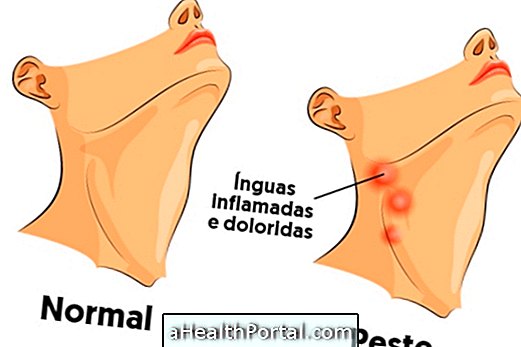


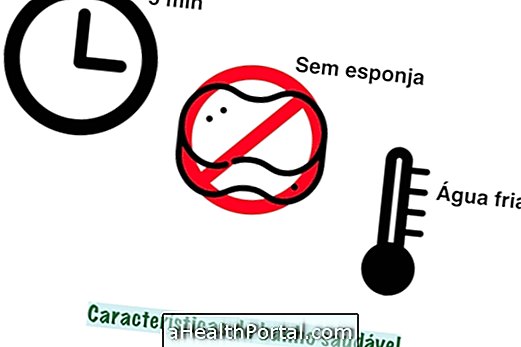


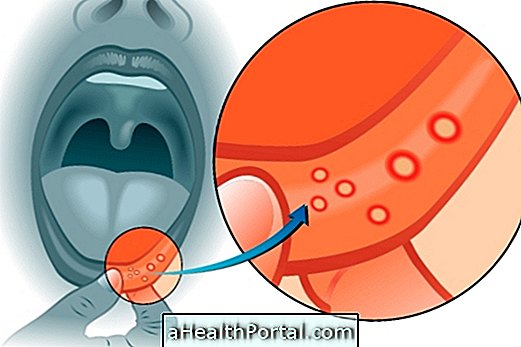


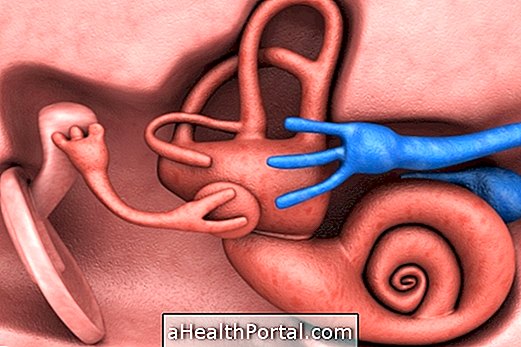


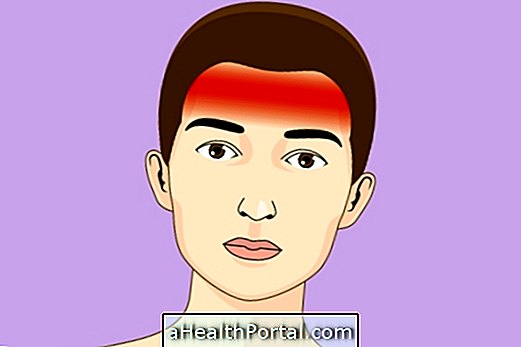

-o-que--quando-fazer-e-como-funciona.jpg)


